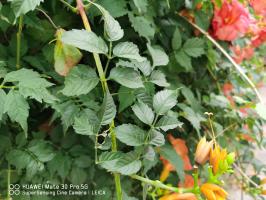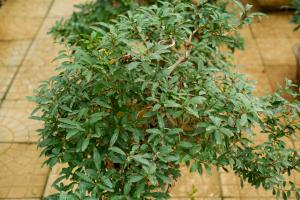Introduction
Plant pots are an essential item for any gardener or houseplant enthusiast, providing a home for plants to grow and thrive. However, once a plant has outgrown its pot or died, the question of what to do with the pot arises. Many people assume that plant pots can be recycled, but unfortunately, this is not always the case.
The issue with recycling plant pots
The main problem with recycling plant pots is that they are made from a variety of materials, such as plastic, ceramic, and terra cotta. Each material has its own unique properties, which can make recycling them a difficult and costly process.
Plastic plant pots, for example, are often made from a mix of different plastics, which makes them harder to recycle. Additionally, the machines used to recycle plastic need the material to be sorted by type and color, which can be a time-consuming process for plant pots that come in a range of colors and shapes.
Ceramic and terra cotta pots are often coated with glazes or other substances that make them difficult to recycle. These coatings can contain chemicals that are harmful to the environment, making it harder to dispose of them in an eco-friendly way.
Alternative options for plant pot disposal
While recycling plant pots may not always be an option, there are other ways to dispose of them in an eco-friendly manner. One option is to reuse them for planting new plants or flowers. By cleaning the pot and filling it with fresh soil, you can give it a new life and contribute to a more sustainable lifestyle.
Another option is to donate the pots to community gardens, gardening clubs, or schools. Many of these organizations rely on donated pots to keep their gardens and programs running, and they will appreciate any contribution you can make.
If reusing or donating the pots is not an option, you can also try to repurpose them for other uses, such as using them as pen holders or decorative items around your home.
Tips for reducing plant pot waste
While it may not always be possible to avoid plant pot waste, there are steps you can take to reduce your impact on the environment. One easy solution is to buy plants that come in biodegradable or compostable pots. These pots are often made from materials such as coconut coir, peat moss, or rice husks, which can be composted alongside the plant once it has outgrown the pot.
You can also reuse or repurpose old plant pots instead of buying new ones every time you need to plant a new flower or plant. By taking these small steps, you can help reduce the amount of waste that ends up in landfills and contribute to a more sustainable way of life.
Conclusion
While recycling plant pots may not always be an option, there are many other ways to dispose of them in an eco-friendly manner. By reusing, donating, or repurposing old pots, you can contribute to a more sustainable way of life and help reduce the amount of waste that ends up in landfills. By taking small steps to reduce your impact on the environment, you can make a big difference and help protect our planet for generations to come.

 how many times do yo...
how many times do yo... how many planted tre...
how many planted tre... how many pine trees ...
how many pine trees ... how many pecan trees...
how many pecan trees... how many plants comp...
how many plants comp... how many plants can ...
how many plants can ... how many plants and ...
how many plants and ... how many pepper plan...
how many pepper plan...






























